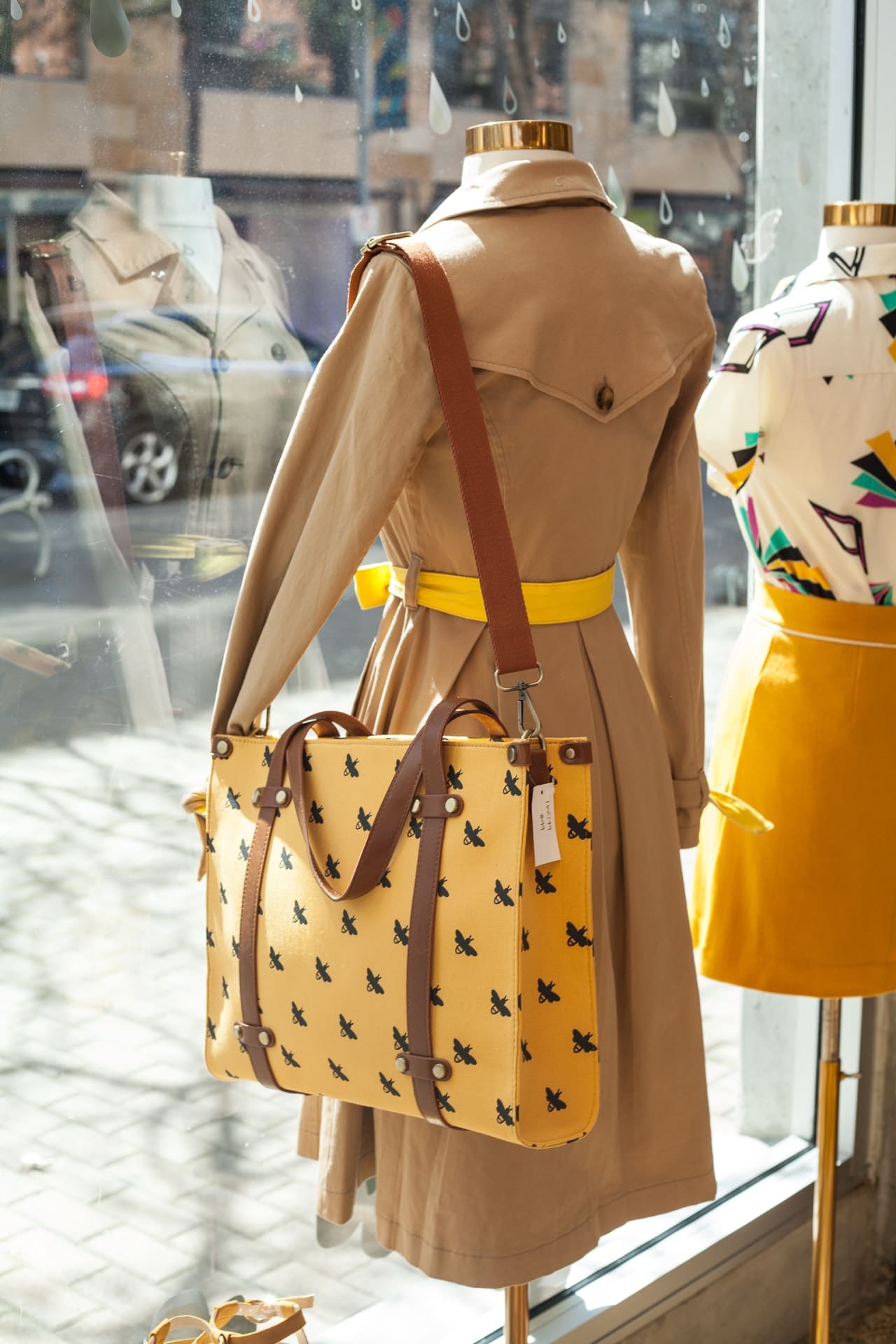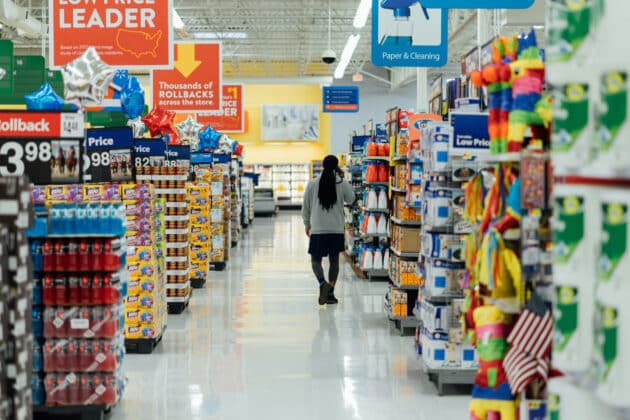The retail sector is experiencing unprecedented disruption due to the current global COVID-19 crisis. With ongoing social distancing mandates, most retailers have been forced to temporarily shutter stores to protect their employees and customers. This new social distancing economy has changed consumer behaviors and made many businesses rethink how to connect with the right customers.
Despite the excitement around ecommerce, 85% of retail sales still occur in brick and mortar stores, which means closures are having a catastrophic impact on many retail organizations. Without this revenue, retailers have taken drastic measures. Some companies have been forced to furlough staff and reduce salaries; while other retailers who were once the cornerstone of profitability have fallen from the S&P 500. This shift in profitability has forced many retailers to offer merchandise at highly discounted rates. Many specialty-apparel and department stores have already reached peak promotional frequency, which makes it difficult for brands to break through with clear, differentiated offers that stand out.
And while these offers may help increase cash flow in the short term, there is yet another pressing issue: supply chain disruption.
The regions most affected by the cooranvirus outbreak are also at the heart of many global supply chains. In order to survive in this “new normal,” retailers will have no choice but to adapt to new ways to get merchandise to their customers. Disrupted supply patterns will be challenging for even the most agile organizations.
With all of these challenges, it’s difficult to see the bright side for the future of retail. But, as optimists that rely on data to make actionable decisions, we at Criteo are observing some promising trends in the social distaning economy that suggest retailers will emerge from these bleak times.
1. Health & Beauty
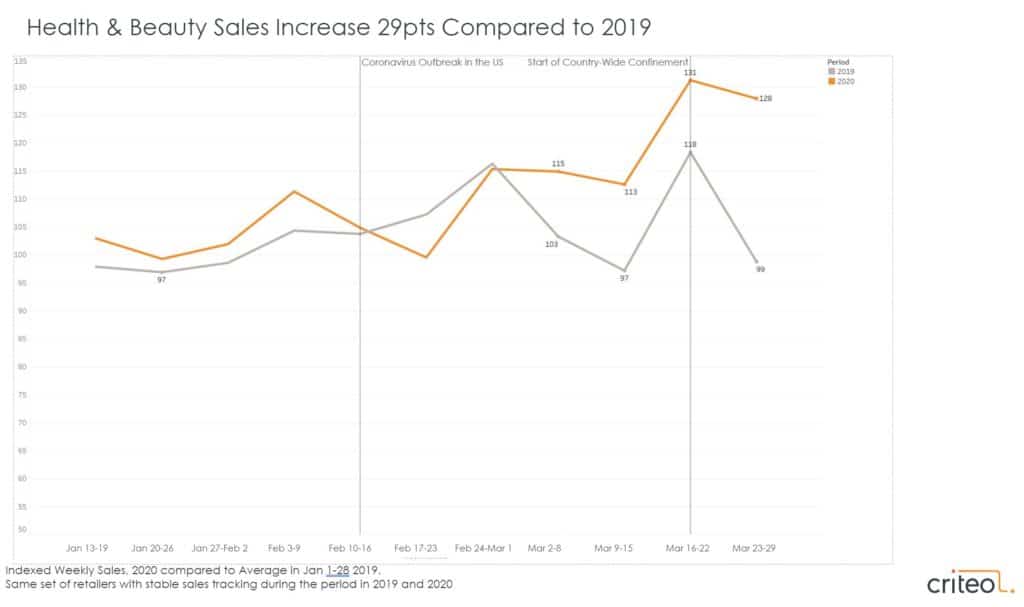
One of the bright spots we are seeing is within the beauty vertical. Since mid-March, sales of health & beauty products have exceeded 2019 levels, with sales increasing 29 point YoY the week of March 23. Brands with strong digital strategies may be able to offset at least some of their losses from store closures.
Dawn Dobras, the CEO of Credo Beauty, told Vogue Business that while retail had experienced a decrease in store sales leading up to its closure, digital sales increased as more people rely on online shopping.
2. Home Goods
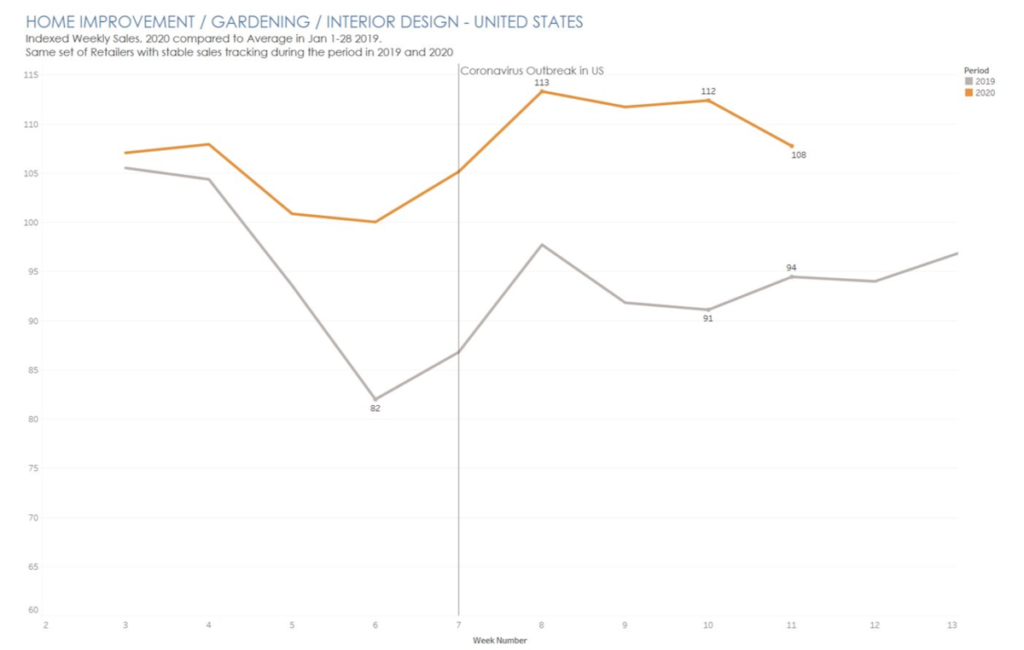
Home décor retailers are also observing favorable trends as coronavirus remote work trends prompt people scramble to build out their home offices.
Criteo data showed that office furniture, including desks, office chairs, lamps, and area rugs saw large spikes after work-from-home mandates were implemented, with sales up 13% in early March, as compared to January 2020.
Outdoor furniture is also on the rise, with warming temperatures causing many people to want to take their home offices outdoors.
3. Pet Supplies
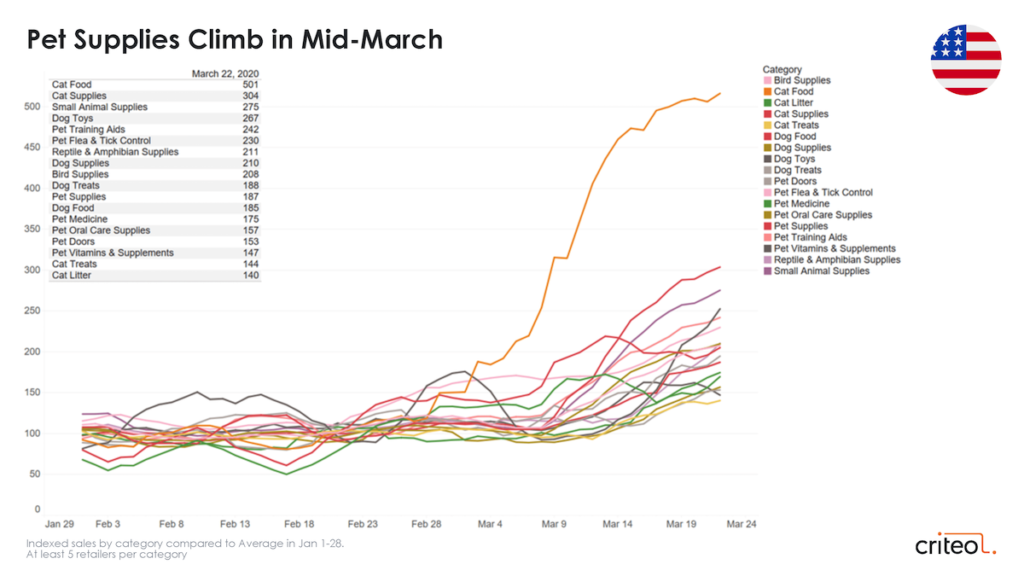
Another bright spot is in the pet food and supply industry.
With more people staying home, animal shelters are seeing an increase in the number of pet adoptions at shelters around the United States. It’s not just our social media feeds that suggest more people are fostering or adopting. For instance, one Colorado shelter reached 100% adoption rates for their shelter in March.
The growing adoption rate is evident in Criteo sales data as well: bird, cat, dog, and fish supplies have all seen well above average sales in March.
Retail Strategies for a New Normal
Charles Darwin famously said ‘It is not the strongest of the species that survives, nor the most intelligent, but the one most responsive to change.’
In this unprecedented time, it is pivotal that retailers adapt quickly to this ‘new normal,’ as well as prepare for what’s to come.
To guide your organization through this crisis, we recommend focusing on 4 key pillars:
- Lead with compassion: Retailers have a responsibility to first take care of your employees. More than ever consumers want to support brands with a strong social message. In a 2019 Criteo study, more than half (51%) of US consumers said that their purchasing decisions are affected by a brand’s values.
- Manage your inventory and supply chain. This period will expose weaknesses in operations. Beef up fulfillment and inventory management tools; find new ways to get your merchandise to your customers by implementing agile workflows to help your company succeed.
- Stay connected with your consumer. Now is the time to CONNECT, particularly with your brand loyalists. While advertising is a tool to sell your products, you can also use it as a tool to tell your story.
- Amplify digital. Cut through the noise and offer fatigue with highly personalized ads that will drive conversion, which is key in a time where advertisers need to be efficient.
Our customers are the heart and soul of our organization, and with a platform purpose-built for commerce, we are here to help our retailers succeed. With Criteo teams dedicated to providing support, consultancy, and strategic direction to retailers, we will make it to the other side together.






